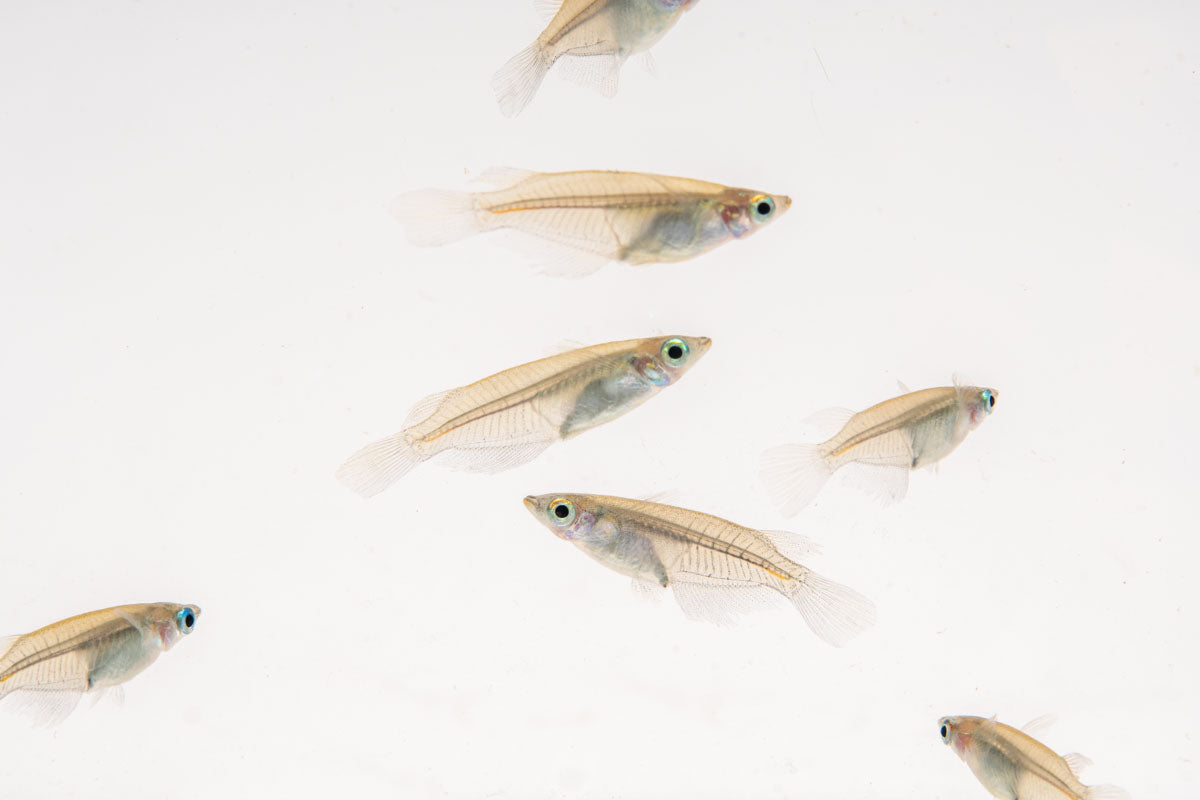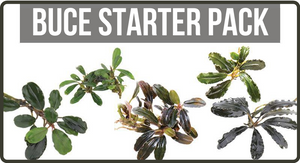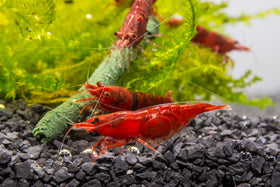
Stocking Considerations for Planted Aquariums
Written By: Chris (@shrimpery)
Some of the discussions involving aquascaping border on the esoteric (debates about the dry-start method and ‘siesta periods’ come to mind), but nearly everyone can relate to the subject of stocking a planted aquarium with livestock. To me, stocking a tank is a treat for a job well done, as one can only add the livestock once a tank is fully set up and cycled; for many fishkeepers, it is more like the main course.
Still, despite being a well-tread topic, there are some important nuances to consider when adding a selection of freshwater fish and shrimp to an aquascape. Here are some of my thoughts on the most effective ways to go about it for long-term success:
Important: Do Not Overstock
Most people reading this blog learned that it is unwise to overstock a tank long ago, but what exactly does overstocking really mean? Be wary of any pristine planted aquascapes you encounter online that appear to be crammed with fish- they were likely added for the photoshoot.
For most high-energy, high-tech tanks, it is wise to err on the sparsely populated side of things. Excess organic wastes, ammonia, nitrates, and nitrites are well-known causes of excess algae in the planted tank, and anecdotally also contribute to poor live aquarium plant growth. The more livestock are in a tank, the more frequent and critical water changes become.

@UltumNatureSystems UNS 60U ft. Longfin Zebra Danios
Classic Favorite Fish for Planted Tanks
A classic and satisfying approach to stocking a planted tank involves using a school of small aquarium fish, which can be incredibly impactful even in a larger setup. In smaller tanks, they help maintain a sense of scale and harmony, playing off the plant textures and colors.
Small fish take up less space and using a lot of small fish instead of a few larger ones will ensure that the fish will feel comfortable, with plenty of room and friends to swim with. Some great choices for schooling fish in the planted tank are rasboras, danios, or tetras. My personal favorite schooling species are ember tetras, black neon tetras, and green rasboras, all beautiful fish that bring great contrast against the aquatic plants in a scape.
Dwarf Corydoras and small loaches are great bottom dwellers, as are otocinclus. Most of these fish prefer a heavily planted tank that still has open areas to swim, along with a darker plant substrate. Also, most of these fish can tolerate moderately robust flow, which is always helpful in high tech planted tanks.
- Note: Large schools of fish are especially important in Iwagumi-style tanks, which can leave fish feeling vulnerable due to a lack of cover and direct lighting with no shadows.

Corydora
Fish for Pond Style, Jungle, and Biotopes, Etc.
For low-tech tanks, pond tanks, jungle-style tanks, and biotopes, I prefer using cold-water fish that more loosely school and are easier to breed. My thought is that these characteristics lend themselves to the dynamic and beautifully imperfect qualities of those more relaxed planted tank styles, as the fish explore the tank and new fry grow up in the hidden nooks and crannies of the dense planting.
My favorite of these sort of fish are Japanese rice fish (Medakas), Least Killifish (Heterandria Formosa) and Oryzias latipes. Some hobbyists also find success adding small native fish, such as sticklebacks (if you live in the UK), or shiners (if you live in the US).

Stocking for Larger Aquariums
For planted tanks larger than 20 gallons, I think it becomes appropriate to consider adding a slightly larger fish, within reason. Some perennial favorites are ram cichlids and chocolate gouramis. For large tanks, bigger schooling fish become appropriate, such as barbs or angelfish.
Discus are actually somewhat of a tricky proposition in a planted tank; although they are stunning, a very large tank with unusually warm aquarium water is needed keep them successfully. In unskilled hands, the hotter temperatures can cause issues with algae, along with aquarium plant melt.

Discus Fish
Additional Considerations
There are some additional considerations when it comes to aquascapes that make stocking a bit more complicated. Many fish jump. With open-top, rimless tanks, it is worth doing research on which fish are more or less likely to wind up as a cat toy on your floor. I have noticed that my fish have jumped the most in tanks with little cover (no place to hide when they are startled) or with large water changes that do not match the temperature or water parameters of the tank.
Erratic swings in water chemistry due to timed CO2 injection can also be a cause of jumping. In general, it is very easy to accidently gas your fish when injecting CO2, but this seems to be more of an issue with certain fish species.
As one might expect, hardy fishes with more stalwart reputations (such as neon tetras or guppies) tend to be more forgiving when it comes to CO2 mishaps than more delicate species such as glass catfish. This shouldn’t be a deterrent to keeping any manner of fish in high tech tanks when they meet the previously discussed criteria, but mistakes happen.
- Help prevent jumping with an UNS Glass Lid for your aquarium
Most Importantly: SHRIMP!
Finally, freshwater shrimp are a critical element of any aquascape. They are much smaller contributors of waste than fish, and most tanks can harbor a large colony of shrimp with few ill effects. They highlight the sense that the tank is a complex environment with many different things going on, rather than a sterile showcase for fish.
Just like fish, they need plenty of cover; just like schooling fish, they need friends to be happy. I have noticed that most people complaining that they never see their shrimp typically have less than ten shrimp in the tank, little cover, excessive flow, or aggressive/predatory fish that bully them. Avoid these common shrimp blunders and your shrimp population will often rapidly multiply.
It’s easy to get caught up in the excitement of adding new fish to your tank, but it’s important to focus on the comfort of the livestock in their new environment. In general, the happier your livestock are, the happier you will be with your scape as time passes. The comfortable and humane living conditions you provide will reward you with electrifying glimpses of new fry, shrimplets, or unexpected naturalistic behaviors that you might have otherwise missed out on.
Tell us - Was this article helpful ? Please leave a comment below!
If you have any questions regarding this article, please DM us on Instagram, Facebook, or email support@buceplant.com so we can assist you - @buceplant






Comments
Leave a comment